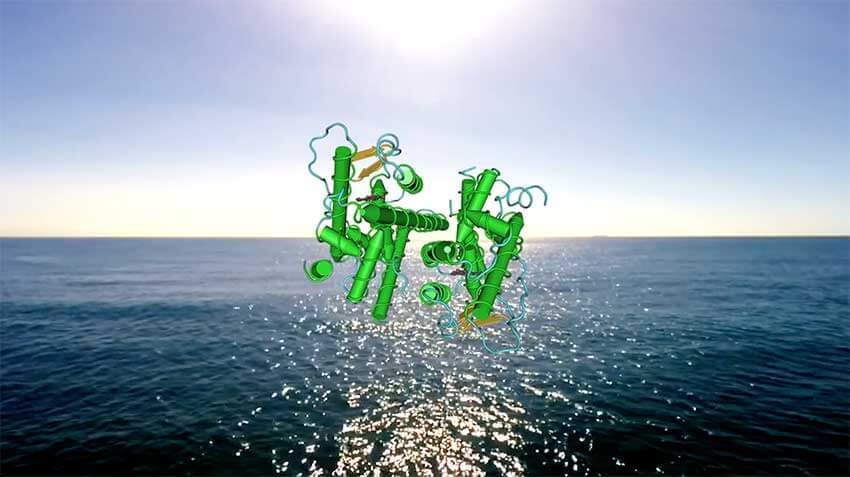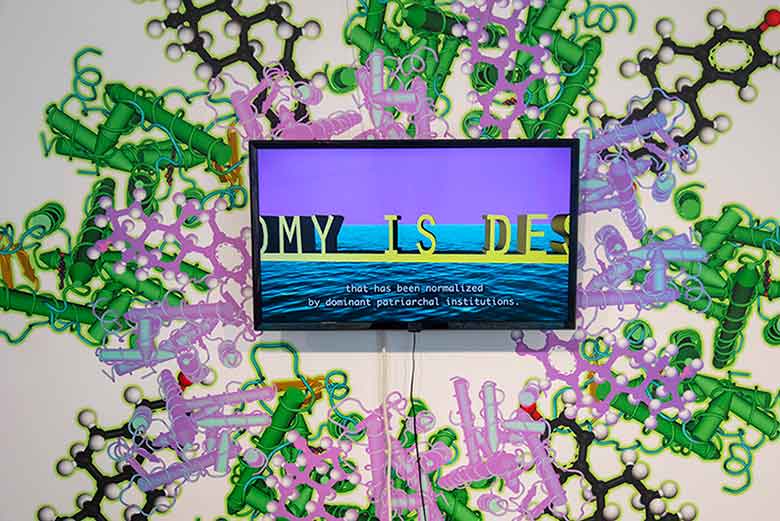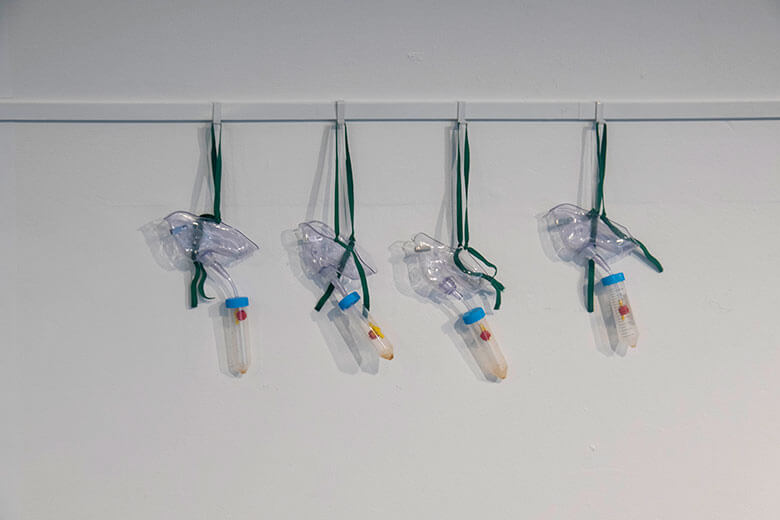Text by Tina Gorjanc

Mary Maggic (Mary Tsang) is a Chinese-American artist and biohacker originally from Los Angeles. As her research for the past 3-4 years has been mostly focused on hormone biopolitics, she is redefining the category of creative practices that lies at the intersection of biotechnology and civil disobedience. Her main inspiration comes from fellow critical and tactical bio-artistic collectives such as Critical Art Ensemble, subRosa, Transhackfeminism and Gynepunk Lab, which are redefining the status quo of institutional and corporate science by creating DIY methods for gynaecology and dissecting its violent history.
With hormones being recognised as one of the main influencers when it comes to control and management of bodies in terms of sexual differentiation, Maggic has set herself the goal of tackling the question, how can we emancipate the estrogen molecule and show all the ways it has colonized our bodies and environments?
Her prior experience in lab science and all the previous opportunities she had to collaborate with other hackers and bio-artists equipped Maggic with the know-how that enables her body of work to include complex biotechnological DIY protocols. Those are designed to extract and detect estrogen molecules from different bodies and environments. By successfully carrying out the detection of the sex hormone, she aims to demonstrate its micro-performativity and potential for mutagenesis, i.e. gender-hacking.
In the Staring at the Sun exhibition that was part of the EcoFutures festival in London, Maggic showed her project Molecular Queering Agency, which portrays a fictional agency that gently guides participants through the process of queering. The projects take the form of a participatory performance that involves everything from urine rituals and hormone extraction all the way to audio-visual projection. The latter begins by visualizing objects present in our everyday lives that contribute to the phenomenon of sexing – exposing a sexual urge or instinct as it manifests itself in behaviour.


These objects are indeed residues of industrial capitalism, their hormone-mimicking molecules leaching out into the environment and mutating our bodies and bodies of non-human species. As an invisible yet pervasive and inescapable phenomenon of the Anthropocene, perhaps we should all be considering giving up our (eco)heteronormative limits and conjuring empathy for our collective alien becoming. All bodies are queer, so there is no such thing as a stable body. This is the first thing we have to accept.
Magic’s practice advocates for the possibility to reverse engineering the hormones leached into the environment as a social resistance statement. I think this is what needs to happen with hormones or any other bio-substance that dictates our bodies and subjectivities. Invisible yet powerful molecules can be freed from their elusive black box, freed to have new meaning for our bodies and the environment.
As the current-day art forms that base their inspirational and material sources in the digital and/or biotechnological fields are challenging our definition of gender, it is interesting to see their impact on its constant evolution.
Maggic’s appreciation of Xenofeminism and its call to harness our alienation as the seed to grow new realities fully embraces this notion. Her main aim is to expose how lives can be harmed through exposure to the hormonal toxicity of our environment. By connecting the pieces of this complex web of epigenetic entanglements, she hopes to reach an audience that goes even beyond the bio-art and art world.






